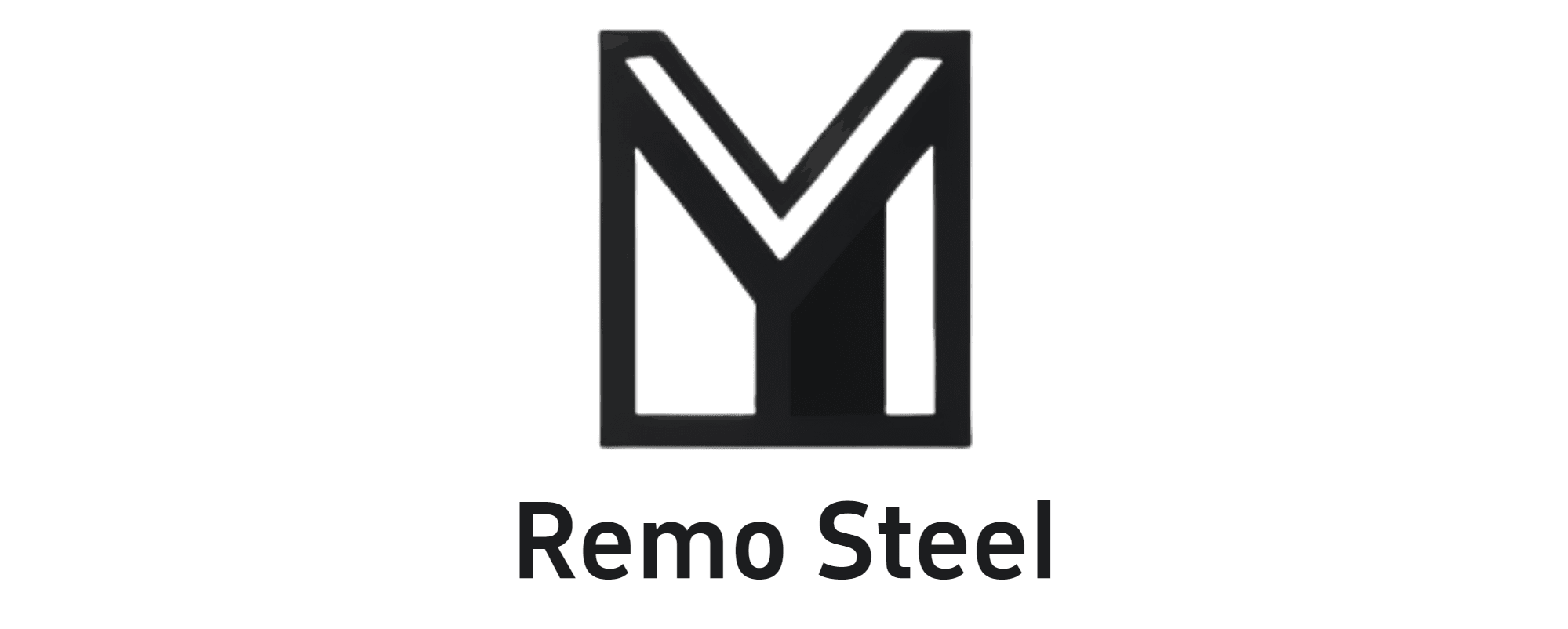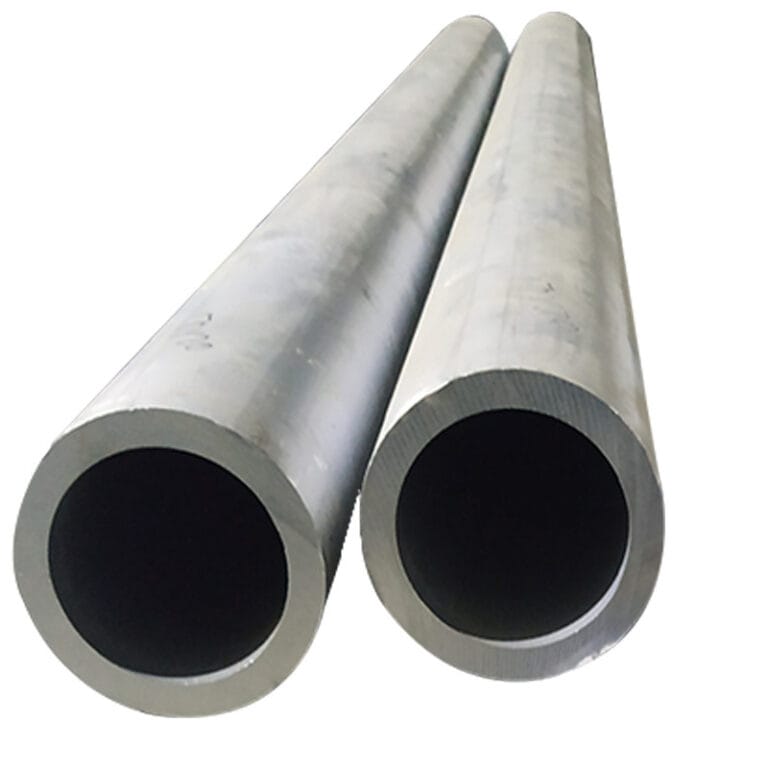The impact of tariffs on steel prices
The “tariff stick” may come in early April. It goes without saying that it will have an impact on the price of galvanized steel sheets in non-US regions. Can the United States itself withstand the consequences of “drinking poison to quench thirst” by fleecing other countries?
The current US manufacturing capacity and labor supply are tight, so the additional costs brought by tariff measures may be mostly passed on to consumers. From this point of view, if tariffs are fully implemented in the first half of the year, no matter what form, the possibility of a second round of inflation in the United States this year is relatively high, and the expectation that the Federal Reserve will cut interest rates at most once a year may be fulfilled. The Trump administration’s calculation of “American debt reduction” – “massive cuts in government spending → imposing tariffs, fleecing other countries → Federal Reserve rate cuts”, that is, artificially releasing signals of weakened economic resilience to force the Federal Reserve to cut interest rates and achieve the purpose of reducing the pressure of repaying principal and interest, may fail. This reflects the contradiction in the Trump administration’s economic thinking.
The results of the carbon steel coil price calculations by Goldman Sachs and Standard Chartered Bank show that it is not as the Trump administration said, and it is also different from the assumption in the Mar-a-Lago Agreement (the appreciation of the US dollar will offset the impact of the price increase of imported goods): under different tariff scenarios, compared with China and Europe, the negative impact of tariffs on the US’s own economic growth rate is not small, which can be said to be “killing one thousand enemies and losing eight hundred of oneself”. If the steel price is considered in terms of the credibility of its own policies and the impact on the leadership of its allies and other soft power, “building a high tax wall” will not be worth the loss.
We believe that this round of tariffs will have a greater impact on both capital sentiment and steel prices than the tariffs in February and March this year. The central bank seems to be prepared for a rainy day and has long been prepared to deal with changes in stainless steel pipe prices. This just gives the market an expectation of the trend of the RMB exchange rate from the side. At the same time, the correlation between the stock and foreign exchange markets is strong, especially the international steel prices are greatly affected by the exchange rate.
In February, China’s foreign exchange deposits increased by US$40.1 billion, the largest month-on-month increase since April 2021. In the past three months, the total amount of foreign exchange deposits increased by US$107 billion. When the pressure on the RMB to depreciate is high, foreign exchange deposits of onshore financial institutions are one of the sources of US dollar supply to ensure the stability of the RMB exchange rate. Previously, the central bank may accumulate foreign exchange during periods of dollar weakness in preparation for possible exogenous shocks to the exchange rate, such as greater tariff shocks in the future.
Past examples are: (1) From January 2017 to March 2018, when the US dollar index and the RMB exchange rate fell by 12.0% and appreciated by 9.6%, respectively, foreign exchange deposits increased by US$125 billion. Subsequently, from April 2018 to November 2018, when the US dollar index and the RMB exchange rate rose by 8.1% and depreciated by 10.6%, respectively, foreign exchange deposits decreased by US$105 billion. (2) From June 2020 to February 2022, when the US dollar index and the RMB exchange rate fell by 1.7% and appreciated by 11.6%, respectively, foreign exchange deposits increased by US$307 billion. Subsequently, from March 2022 to September 2023, when the US dollar index and the RMB exchange rate rose by 9.8% and depreciated by 15.7%, respectively, foreign exchange deposits decreased by $275 billion.
Given the approaching deadlines for multiple tariffs in early April, some foreign investment banks are preparing to short the offshore RMB exchange rate. For this reason, the first quarter meeting of the central bank’s monetary policy committee pointed out that “maintaining the basic stability of the RMB exchange rate at a reasonable equilibrium level” emphasized enhancing exchange rate flexibility to cope with external shocks. The focus of monetary policy in the second quarter is to prevent the risk of overshooting of the exchange rate. When using reserve requirement ratio cuts and interest rate cuts to hedge internal and external shocks, the possibility of using countercyclical adjustment factors, foreign exchange deposit reserve ratios and other tools to intervene in the market has increased. Therefore, the volatility of the foreign exchange market in April may increase significantly. Although we have previously pointed out that the relatively improved internal macro-positive environment will support the lower edge of prices, the main contradiction in market transactions in the short term may shift to trade policy uncertainty.




